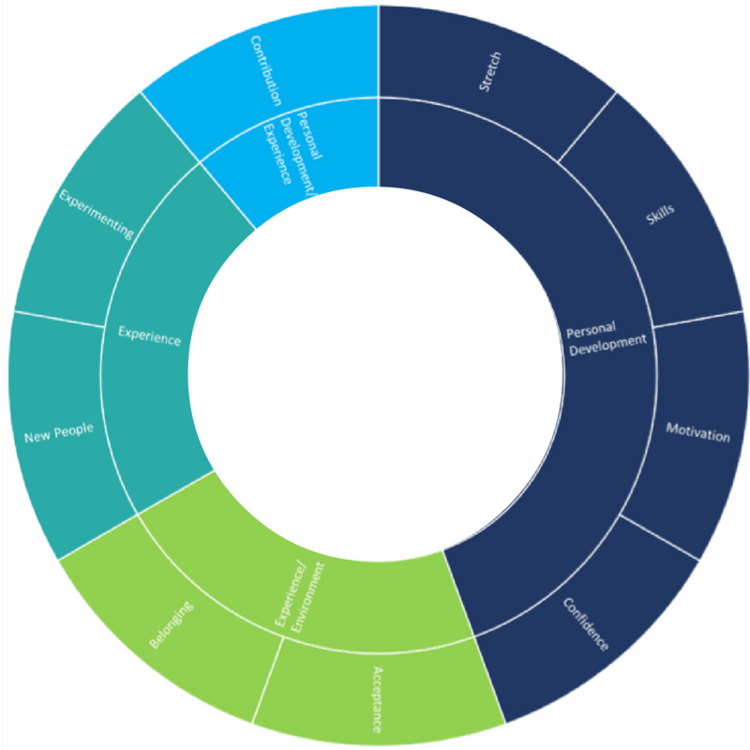A case study from the Ludus Dance as a part of the Quality Metrics National Test in the UK. With very special thanks to Ludus Dance for sharing their data and insight for this case study.
How the identity of the work can shape the metric choice
Ludus Dance is an organisation that had signed up to be a part of the Quality Metrics National Test, whereby the focus was on testing the quality metrics. That said, Ludus made the choice to experiment further with the metrics, choosing their metrics according to respondent type. They also added a further respondent group by including the participants and testing the participatory metrics, within one particular evaluation. This took place over their event The Lancashire Youth Dance Festival. The Festival was a combination of two days of dance workshops and classes, followed by a showcase that was open to the general public, as well as friends and family of the participants.
Through choosing their own metrics in what could be considered a more organic approach to metric selection, a further layer is understood in the organisation’s intentions or focus of the work. Interestingly, although different metrics were used across the respondent groups, peer, self, public and participants, we can see similarities in the themes.
The selection of the below metrics indicates the importance of inclusivity and connection between those from different backgrounds, both amongst the audience and the participants. Interestingly, Growth is the only metric Ludus chose for the three respondent groups: public, peer and self.
- Audience: Growth: It could appeal to new audiences
- Self: Collaboration: It connected other artists
- Self: Growth: It appeals to a large community of interest
- Participants: New people: I got to know people who are different to me
- Peer: Growth: It could appeal to new audiences
- Peer: Diversity: It could engage people from different backgrounds
When looking at the survey for the participants, Ludus’ choice of participatory metrics presents a well-rounded selection. Aligned to the participatory metrics wheel which broadly groups participatory metrics into clusters, the emphasis for this piece of work seems to be on the personal development of the participants. Generally, the metrics chosen were also frequently used by other organisations; however, it is worth noting that the above themes of inclusivity & connection demonstrate are quite specific to this piece of work, which contrasts with other works evaluated. In addition, the selection of the metric New People indicates that the opportunity to meet new people was again quite specific to this piece of work whereas, in the other test events across all the participatory organisations in the trial, this metric was much less likely to be chosen. Similarly, with other work evaluated with participatory metrics, the metrics selected demonstrate the unique position the participatory activity has in contributing to the broad range of participatory work produced by organisations.

As well as the core quality metrics, Ludus has also used a metric in their audience survey from the Place category, Accessibility: I find it easy to get to and from here. Whilst this is a place metric, it also relates to the importance of inclusivity, as shown overall in the chosen metrics.
When looking at the custom questions, the use of the word ‘highlight’ features in both the questions for the self assessors and the participants, revealing the importance of the experience of those that have been involved as part of both the creative and participating teams. Ludus also included open text questions regarding the experience for the peer and public assessors.
The importance of inclusivity and opportunity for connection with those from different backgrounds amongst the participants and audience is clear when looking at the metric choice. Not only can the metric selection enable one to see how Ludus’ Festival sits amongst other participatory works, but it also enables one to see what makes it unique. This understanding contributes to the overall picture of participatory work. Ludus’ specific focus on inclusivity and connection is strongly featured, with the emphasis on the personal experience. When looking at the selected metrics collectively, across all respondent groups, we get a sense of the specific intentions of the Festival. The unique nature of participatory events presents a vast variety of objectives, creating a rich picture of participatory work.




